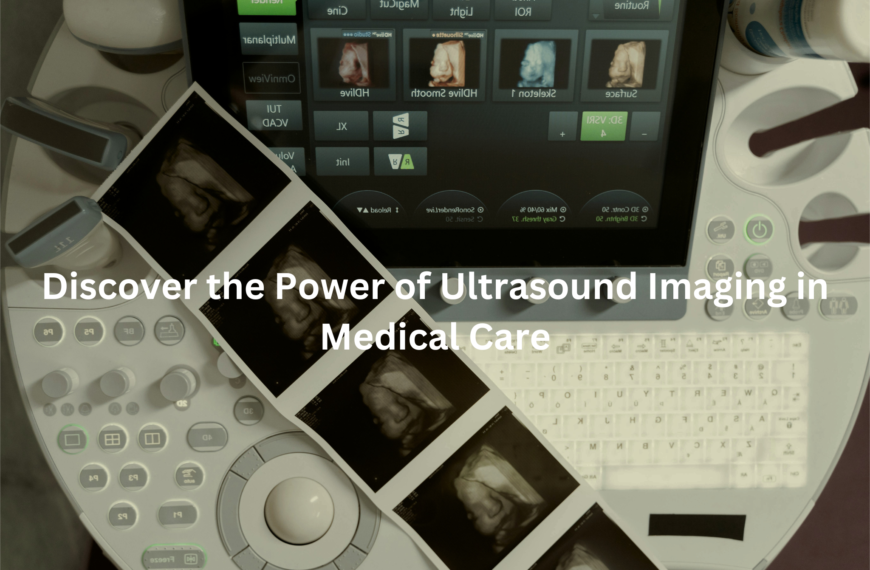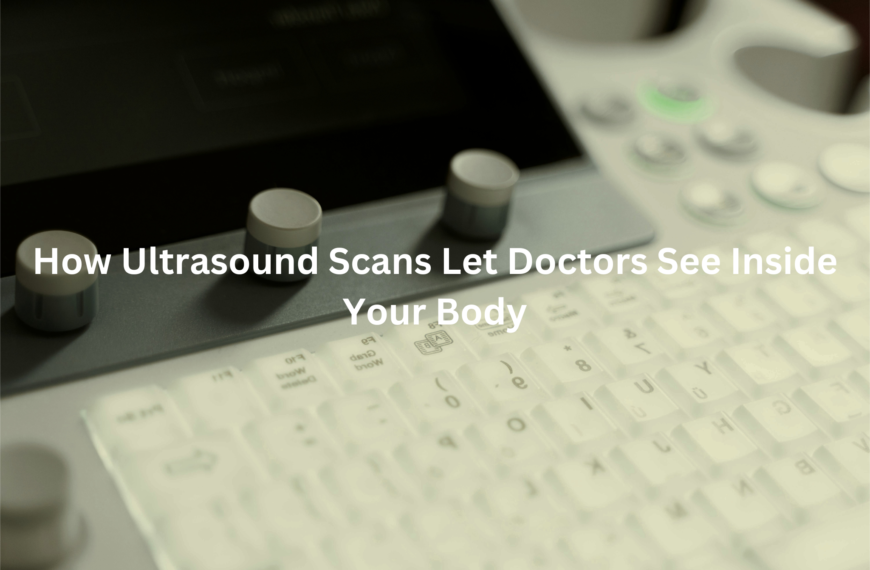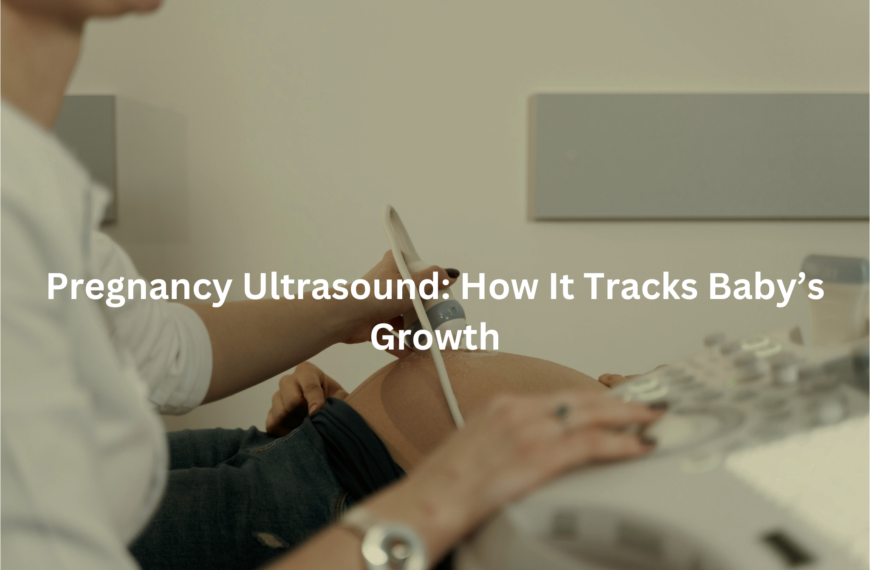Learn how mammograms are interpreted, what your results mean, and when extra tests may be needed for accuracy.
Interpreting a mammogram involves analysing X-ray images of the breast to detect abnormalities such as lumps, calcifications, or distortions. Radiologists assess breast density and classify findings using the BI-RADS system to determine whether further testing, such as an ultrasound or biopsy, is required.
Understanding your mammogram results helps you make informed decisions about your breast health.
Key Takeaways
- Breast density affects accuracy – Dense breasts can make it harder to detect abnormalities, sometimes requiring extra imaging.
- BI-RADS classification guides next steps – Results are categorised to determine if follow-ups like biopsies or MRIs are necessary.
- False positives and false negatives happen – Knowing the limitations of mammograms helps reduce anxiety and ensure the right care.
Understanding Mammograms
There’s something eerie about staring at an X-ray of your own body. It’s like looking at a map, except you don’t know what any of the landmarks mean. That’s where radiologists come in—they’re the navigators, the ones who read the signs and signals in those shadowy images.
Mammograms are essentially X-rays of the breast, designed to pick up early signs of breast cancer before they become noticeable lumps. They look for:
- Lumps or masses – solid areas that could be benign or cancerous
- Calcifications – tiny calcium deposits, sometimes harmless, sometimes not
- Asymmetry – differences between one breast and the other
- Architectural distortions – areas where normal tissue looks disrupted
The process starts with a radiographer—the person who positions your breast in the mammogram machine and takes the images. Then, a radiologist (a doctor specialising in medical imaging) examines those images, looking for anything suspicious.
There are two main types of mammograms:
- Screening mammograms – routine checks for people with no symptoms
- Diagnostic mammograms – done when there’s a concern, like a lump or pain
Both use the same technology, but a diagnostic mammogram takes more images from different angles to get a clearer picture of anything unusual. (1)
Breast Density & Its Impact on Detection
Not all breasts look the same on a mammogram. Some are mostly fatty tissue (which appears dark on the X-ray), while others are dense with glandular and connective tissue (which appears white, making abnormalities harder to spot).
Breast density is divided into four categories:
- Mostly fatty – easiest to read, less likely to hide cancers
- Scattered fibroglandular density – still fairly easy to interpret
- Heterogeneously dense – can obscure small cancers
- Extremely dense – makes detecting abnormalities more difficult
The problem with dense breasts isn’t just that they make cancers harder to see—it’s also that they slightly increase the risk of developing breast cancer in the first place. If you have dense breasts, your doctor might recommend extra tests like ultrasounds or MRIs to get a clearer look.
BI-RADS Classification System
Once the radiologist reviews the mammogram, they assign a BI-RADS category (Breast Imaging Reporting and Data System). This helps standardise reporting and guide what happens next.
- BI-RADS 1 – Normal (come back for your next routine mammogram)
- BI-RADS 2 – Benign findings (nothing to worry about)
- BI-RADS 3 – Probably benign (follow-up recommended, just to be sure)
- BI-RADS 4 – Suspicious (biopsy may be needed)
- BI-RADS 5 – Highly suspicious (strong chance of cancer, biopsy required)
- BI-RADS 6 – Confirmed cancer (diagnosed from a previous biopsy)
Most people get a 1 or 2. If you get a 3, it just means they want to keep an eye on a small change. But 4 and 5? That’s when they’ll want to do more tests, usually a biopsy to check for cancer cells.
Risk Factors & When Extra Tests Are Needed
Some people have a higher chance of needing extra imaging or biopsies. A few risk factors that increase the likelihood:
- Family history – Having a close relative with breast cancer
- Previous breast cancer – A history of it means a higher chance of recurrence
- Dense breasts – As mentioned earlier, harder to read and slightly higher risk
- Hormone exposure – Long-term hormone replacement therapy or early menstruation
If your mammogram shows something uncertain, they might recommend an ultrasound (better for dense breasts) or an MRI (for a more detailed look).
Common Mammogram Findings & What They Mean
Credits: Lee Health
Not every strange-looking spot on a mammogram is cancer. In fact, most aren’t. Here are some common findings:
- Simple cysts – Fluid-filled sacs, completely harmless
- Duct ectasia – Milk ducts widening with age, no big deal
- Fat necrosis – Scar-like lumps from injury or surgery, nothing dangerous
- Fibroadenomas – Smooth, rubbery lumps, usually benign
The more concerning findings?
- Irregular masses – If it has uneven edges, it might need a biopsy
- Clustered calcifications – Tiny calcium deposits can sometimes indicate early cancer
- Distorted tissue patterns – Something pulling or twisting the normal structure
If you get a call-back after your mammogram, don’t panic. More imaging doesn’t automatically mean cancer—it just means they need a clearer picture. (2)
Mammography Standards & Accuracy
In Australia, mammograms are held to high standards to ensure accuracy. The Mammography Quality Assurance Program (MQAP) monitors clinics, and radiologists follow strict RANZCR guidelines to ensure consistency.
Second opinions aren’t uncommon. If a mammogram looks borderline, another radiologist might review it. Some clinics also use AI-assisted tools to help flag areas of concern, though final decisions still rest with human experts.
False Positives & False Negatives: What Patients Should Know
Mammograms aren’t perfect. Sometimes they pick up something that turns out to be nothing (false positive), and sometimes they miss cancers (false negative). It happens.
False positives can lead to unnecessary biopsies, which are stressful but usually harmless. On the flip side, false negatives happen more often in dense breasts, where tumours can hide behind normal tissue.
Ways to reduce the chance of errors?
- Comparing old mammograms – Changes over time are more important than a single snapshot
- Using 3D mammography – Gives a more detailed view than traditional 2D scans
- AI-assisted readings – Still evolving, but already improving detection rates
Screening Guidelines & Patient Advice
In Australia, breast screening is free for women aged 50-74 through BreastScreen Australia, though women 40+ can also access it. The standard recommendation:
- Aged 40-49 – Talk to your doctor about starting screening
- Aged 50-74 – Get a mammogram every two years
- High-risk groups – May need annual screening or extra tests
What to expect at a mammogram? It’s quick, about 10-15 minutes, though a bit uncomfortable. The compression helps spread out breast tissue so the machine can get a clearer image. No deodorant, perfume, or lotion before your appointment (they can mess with the X-ray).
Conclusion
Mammograms come with a fair share of waiting—the results, the follow-ups, the uncertainty. It’s never easy. But early detection saves lives, and knowing how mammograms work can make the process a little less daunting.
The more informed someone is, the less room there is for fear. So, for anyone putting it off, this is the sign to book that appointment. A little discomfort now is far better than unanswered questions later.
FAQ
What do mammograms check for in breast tissue?
Mammograms use X-ray images to examine breast tissue for any abnormalities, such as small masses, breast tumours, or benign lumps. They can also help detect breast changes like fat necrosis, duct ectasia, and simple cysts. If anything unusual is found, further imaging tests may be needed to determine whether it’s harmless or linked to breast cancer.
What is the difference between a screening and a diagnostic mammogram?
A screening mammogram is a routine test recommended for women aged 40 and over to detect breast cancer early, even before symptoms appear. A diagnostic mammogram takes extra images for a closer look at specific concerns, such as a breast lump, skin changes, or breast pain.
How does breast density affect mammogram results?
Dense breasts contain more glandular and fibrous tissue than fatty tissue, making it harder to detect cancer on a mammogram. Women with higher risk factors, such as a family history of breast cancer, may need additional breast imaging tests like a breast MRI for better accuracy.
What are common benign findings on a mammogram?
Not all findings indicate breast cancer. Common benign conditions include duct ectasia, fat necrosis, benign breast lumps, and simple cysts. These are usually harmless, but in some cases, a breast biopsy or needle biopsy may be recommended to confirm the diagnosis.
What happens if a mammogram shows something suspicious?
If a mammogram identifies an area of concern, further breast imaging tests or a breast biopsy may be required. Changes in the lymph nodes or unusual breast tumours may need closer examination to determine if they are low risk or high risk.
Can mammograms give false positives or false negatives?
Yes, a mammogram can sometimes result in a false positive, meaning it suggests cancer when there is none. It can also miss actual cancer, known as a false negative. Factors like dense breasts, normal breast variations, or small breast cancers can affect accuracy, which is why additional tests like a breast MRI may be needed.
What is the recall rate, and should I be worried?
The recall rate refers to how often women are called back for further tests after a mammogram. Recalls are often due to unclear X-ray images or findings that need a closer look. Being recalled doesn’t always mean breast cancer—it simply means more information is needed.
Do mammograms expose you to radiation?
Mammograms use a low-dose X-ray from an X-ray machine to capture X-ray images of the breast. The radiation exposure is minimal, and the benefits of early cancer detection far outweigh any risks.
References
- https://www.health.gov.au/our-work/breastscreen-australia-program/having-a-breast-screen/understanding-your-breast-screen-results
- https://www.cancer.org.au/mammogram




